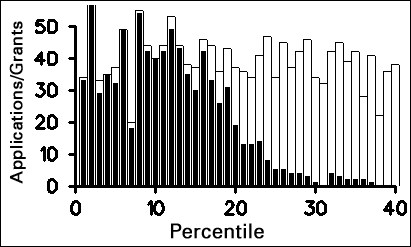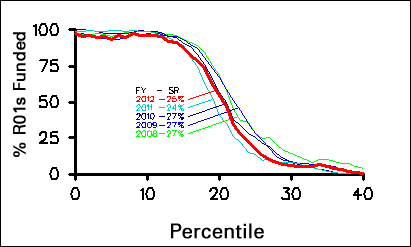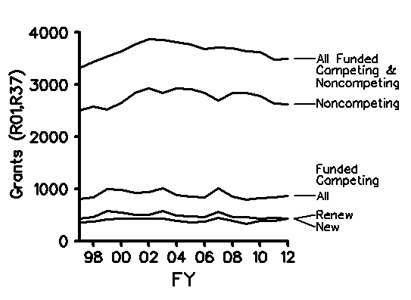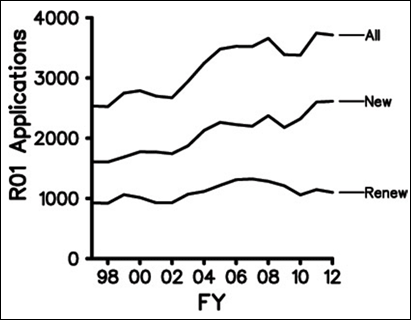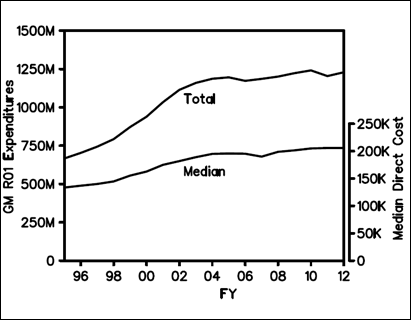You may be interested in these recent funding opportunity announcements (FOAs):
Renewal of Centers of Biomedical Research Excellence (COBRE) (P20)
(PAR-13-243)
Purpose: Establish a thematic, multidisciplinary center and enhance the ability of investigators to compete independently for NIH or other external peer-reviewed support
Application due dates: September 25, 2013; September 25, 2014; September 25, 2015
NIGMS contact: Yanping Liu, 301-451-4217
Limited Competition: Centers of Biomedical Research Excellence (COBRE) Phase III — Transitional Centers (P30)
(PAR-13-238)
Purpose: Strengthen phase I COBRE centers through improvements in research infrastructure as well as the development and support of investigators
Application due date: August 2, 2013
NIGMS contact: J. Rafael Gorospe, 301-435-0832
Native American Research Centers for Health (NARCH) (S06)
(PAR-13-239)
Purpose: Conduct research and research training to meet the needs of American Indian/Alaska Native communities
Letter of intent due date: July 6, 2013
Application due date: August 6, 2013
NIGMS contact: Sheila A. Caldwell, 301-594-3900
Reissue PHS 2013-02 Omnibus Solicitation of the NIH, CDC, FDA and ACF for Small Business Innovation Research Grant Applications (Parent SBIR [R43/R44])
(PA-13-234)
Purpose: Research and develop innovative technologies with commercial applications*
Application due date: Standard dates apply
NIGMS contact: Scott Somers, 301-594-3827
Reissue PHS 2013-02 Omnibus Solicitation of the NIH for Small Business Technology Transfer Grant Applications (Parent STTR [R41/R42])
(PA-13-235)
Purpose: Research and develop innovative technologies with commercial applications*
Application due date: Standard dates apply
NIGMS contact: Scott Somers, 301-594-3827
*There are important changes in the reissued SBIR/STTR FOAs, including: 1) Majority venture-capital owned companies are now eligible to apply for the NIH SBIR program; 2) All small business concerns must now register with the SBA Company Registry; and 3) NIGMS will not accept applications to the new SBIR/STTR FOAs that exceed the hard cap ($225,000 total cost for Phase I applications and $1,500,000 for Phase II applications). For more information, see the NIH SBIR/STTR Web site.
 Last July, I announced the creation of a trans-NIH Office of Emergency Care Research (OECR) housed in NIGMS. OECR now has a permanent director: Jeremy Brown, M.D. His NIH appointment will begin in July.
Last July, I announced the creation of a trans-NIH Office of Emergency Care Research (OECR) housed in NIGMS. OECR now has a permanent director: Jeremy Brown, M.D. His NIH appointment will begin in July.

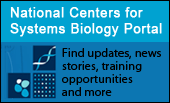 For 10 years, our
For 10 years, our 